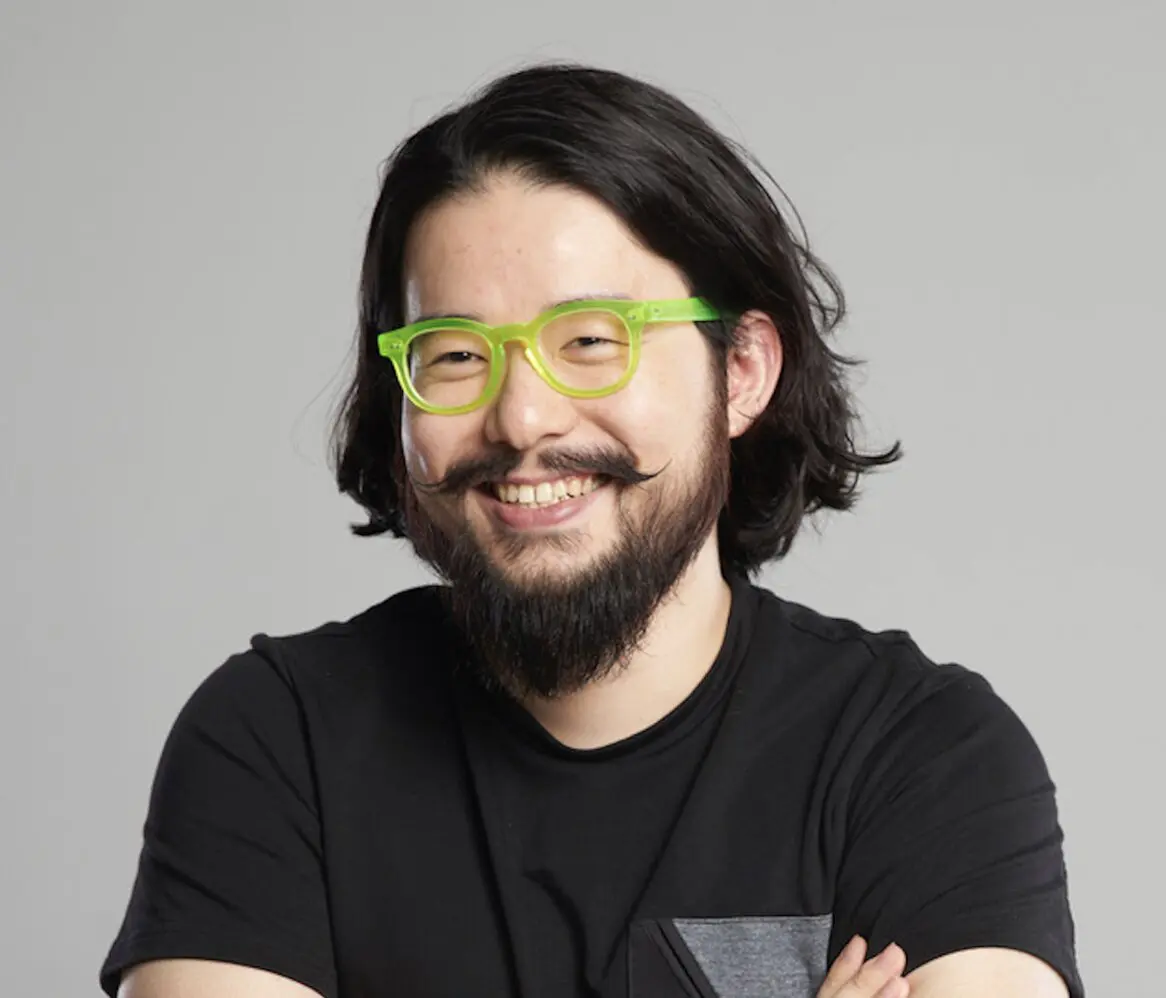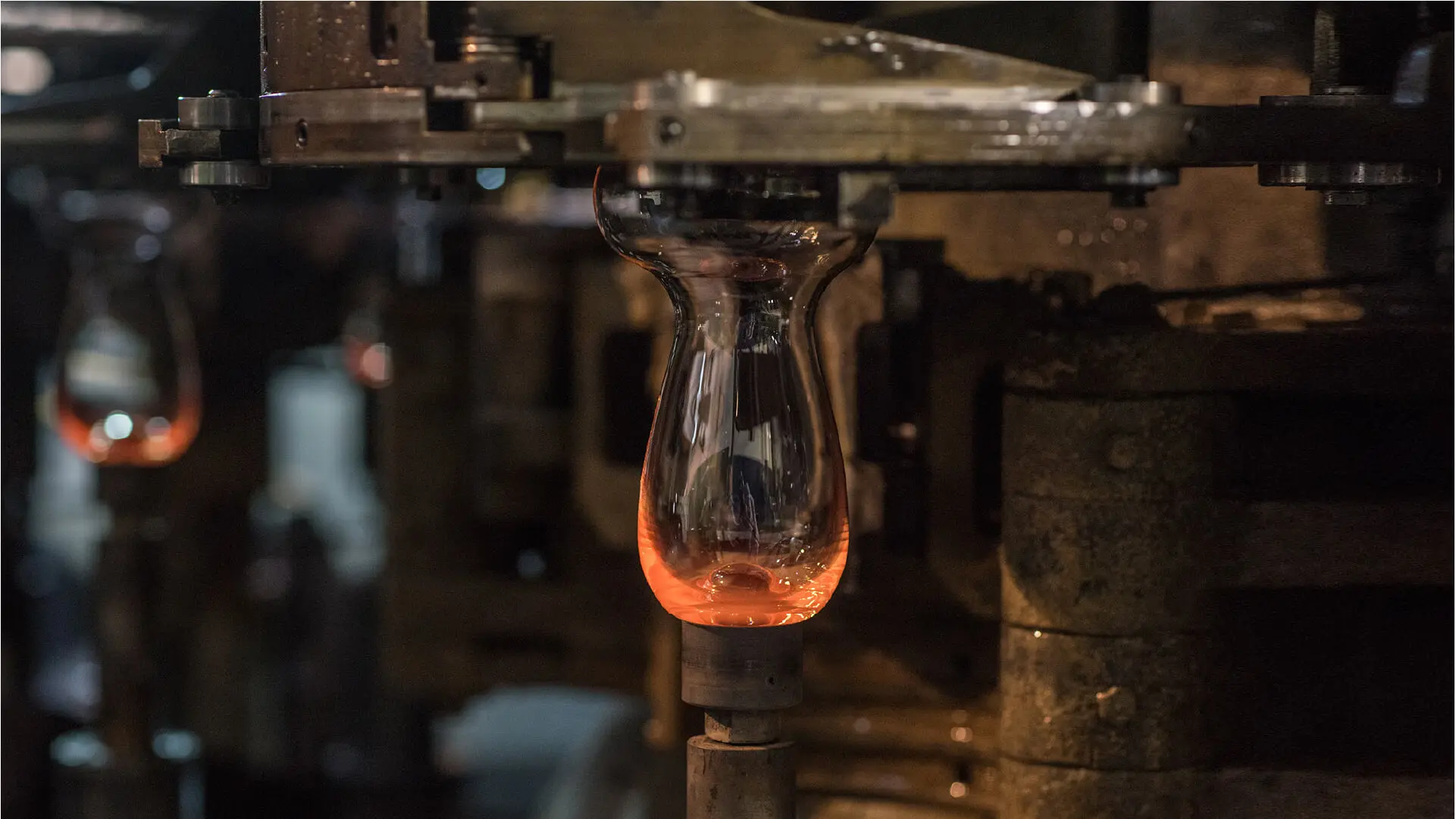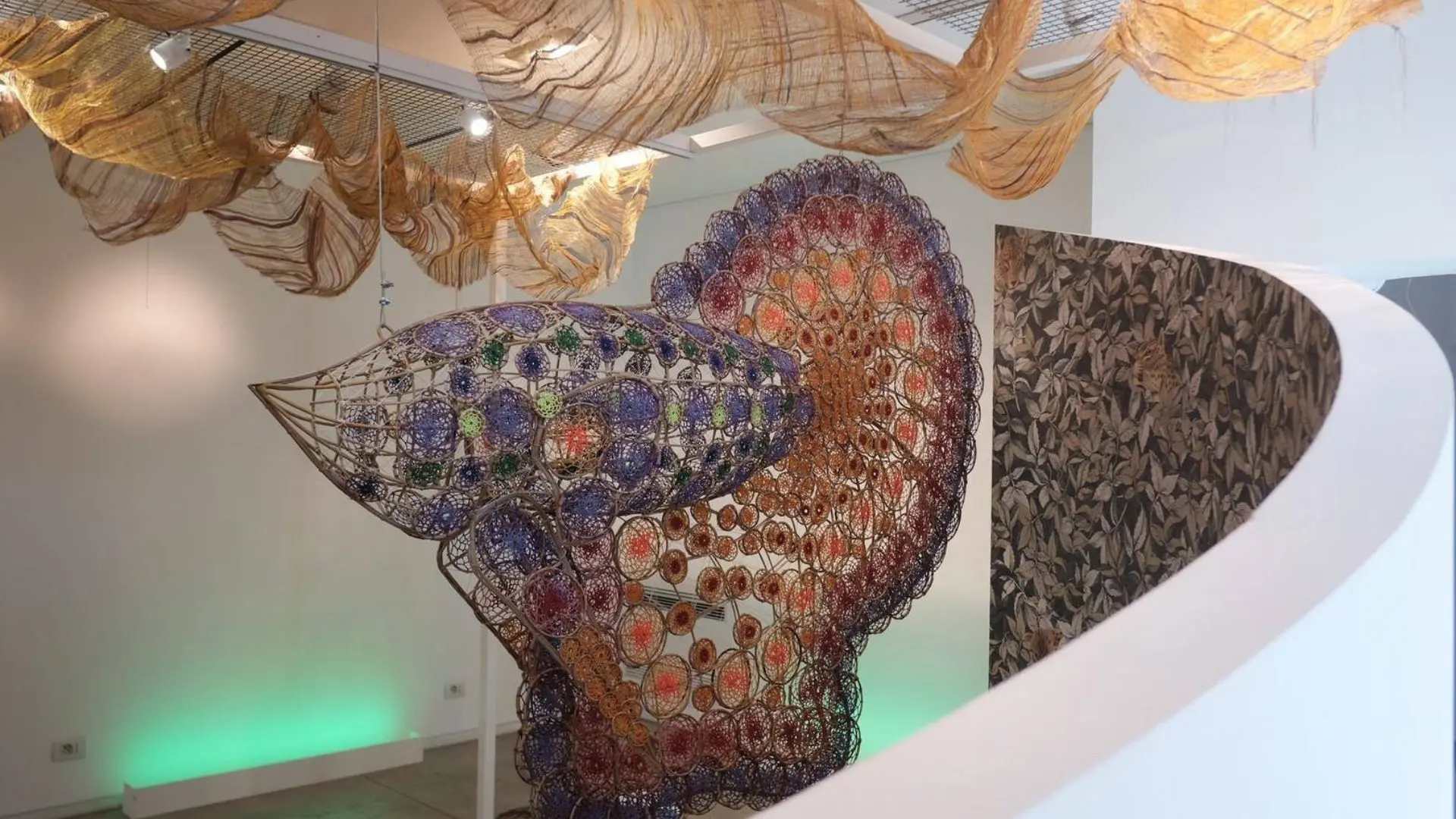Creative Risk: charting an interdisciplinary path in design
The idea of being a T-shaped designer was popularized by IDEO and McKinsey. But as our society moves faster, the expectations for designers have grown. That’s why I’ve been drawn to the concept of “π-shaped” talent, an evolution of the T-shaped skill model.

As the seasons shift from spring to summer here in Cambridge, MA, there’s a warmth in the air that invites people to step outside for picnics in the park, casual walks along the Charles Revier, and a general sense of renewal. For students who’ve just wrapped up finals, it’s the perfect time to breathe again and reconnect with nature.
For me, this spring carries an especially meaningful milestone. On April 14, 2025, I successfully defended my Ph.D. in Human Behavior and Service Design at Massachusetts Institute of Technology (MIT), exploring the notion of longevity planning service and system innovation (Figure 1).
Honestly, I am not a big fan of the word defend. It felt more like sharing the journey I’ve been on with my committee, mentors, friends, and family who’ve supported me every step of the way.
This article is my space to reflect on that moment, and really, on the six transformative years I spent at MIT. Pursuing an interdisciplinary Ph.D. here sometimes felt like building a startup from scratch. I had to write a 10-page, double-sided proposal that answered the questions, such as, what research gap am I addressing? Who should be on my committee to support this interdisciplinary work? How can I structure exams, coursework, and methods to ensure the program’s success?
If there’s one thing that kept me grounded through all the uncertainty, it was the belief in the design process. It helped me navigate complexity, reframe challenges, and stay curious through it all. So I wanted to share three key reflections from my journey that I hope can resonate with other designers tackling complex problems:
Creative Risk–charting an interdisciplinary path in design:

Learning 1. From calendar invites to constructive conversations
Designing Meetings That Matter
Most of us, including me, tend to think that the most essential step in working with others is just getting on their calendar. Send a Google invite, add a Zoom link, and you’re good to go, right?
Not quite.
That’s just the starting point. What really matters is what happens before, during, and after that meeting. If you’re asking for someone’s time—especially an advisor or mentor—you need to come prepared. Do your homework. Share materials ahead of time. Draft clear questions. It’s not just about being efficient. It’s a form of empathy. How do you quickly guide someone into your world so they can help you?
Sounds like common sense, but it’s surprisingly hard to do.
When I met with my advisors, even just for 15 minutes, I was not expecting answers. That wasn’t their jobs. It wasn’t about solving problems on the spot. Instead, I focused on sharing enough context and process so they could help. I organized background materials, outlined where I was stuck, and used Post-its and Sharpies to capture their ideas and questions in real time.
These meetings served as opportunities to exchange ideas and to ask more questions rather than extract definitive solutions. Interacting with these questions often sparked more meaningful sub-questions.
More importantly, I also sent a follow-up email that included a draft of the meeting notes, proposed several potential time slots for future meetings, and outlined additional discussion questions. I believe it is more engaging if we incorporate visuals or photos of the materials we covered during the meeting.
Whether through monthly updates or structured feedback sessions aimed at fostering meaningful dialogue, I’ve found that learning in design is inherently experiential. David Kolb’s (1984) experiential four distinct learning styles based on a four-stage learning cycle—concrete experience (feeling), reflective observation (watching), abstract conceptualization (thinking), and active experimentation (doing)—closely mirrors the iterative and reflective nature of the design process I’ve practiced.

This mindset isn’t limited to academia. When I worked at IDEO, every leadership meeting started with a quick recap of what we’d done before to gain better understanding of the design context. It helped keep everyone aligned and grounded. We also clarified the purpose of the meeting, such as were we making a big decision? Were we exploring ideas? Knowing the goal helped shape the conversation.
These small habits, setting context, managing expectations, and creating space for discussion, turn a basic calendar invite into a meaningful, respectful, and productive exchange.
Learning 2. From transactional updates to transparent collaboration
Designing Trust Through Simple Rituals
The design process isn’t just for designing projects—it’s a mindset that can be applied to approach I think almost anything, including how we communicate, collaborate, and grow.
During my master’s and Ph.D. journey at MIT, I developed a simple but effective ritual: a monthly email update to my committee. It wasn’t fancy, just a short, bullet-pointed message with links to draft papers, reference materials, key questions, or Miro boards. But it offered a clear snapshot of my research progress, regardless of whether I had major experiment results to share or was still deep in the messy middle.
This monthly check-in wasn’t about getting a flood of feedback. It was more about staying open, about inviting my mentors into the research and design process as it unfolded. Over time, this practice became more than just a habit. It created a shared space of transparency, trust, and collaboration, such as an informational boundary object (Star and Griesemer, 1989). It made the journey feel more connected.
This iterative and reflective practice (e.g., regular meetings or mentorship) echoes Donald Schön’s (1983) concept of the “reflective practitioner,” in which professionals engage in ongoing reflection-in-action and reflection-on-action to navigate the complexity and ambiguity inherent in most design challenges.
In 2019, I was awarded a designer-in-residence scholarship sponsored by EMMA Creative Center in Pforzheim, Germany. I applied the same approach of sharing weekly update emails with short 2-minute videos to create inspiring momentum and gradually build trust with the other two designers and the organizing team (Figure 3).

In hindsight, this was a design process in itself. Making things visible, accessible, and iterative helped unlock resources I hadn’t anticipated, ideas, conversations, and most importantly, a stronger bond with my advisors and other key stakeholders. When we treat the design process as something open and inclusive, we don’t just design better outcomes—we design better and more beautiful relationships.
Learning 3. From managing to mentoring
Empowering Creative Growth Through Guidance and Example
I’ve never been a big fan of the title “manager.” To me, it implies control, and I don’t think people want or need to be controlled. What they really want is to be guided, supported, and inspired.
When I was working with my five Ph.D. committee members and two industry mentors—each with very different backgrounds and areas of expertise—I had to find a way to create an open, collaborative environment where they felt invited to guide me through the design process.
One approach that worked well for me was using concrete examples whenever I needed feedback. Instead of asking abstract and broad research questions initially, I’d bring something tangible to the table. For example, when I was trying to wrap my head around controlled experiments, I printed out a few classic journal papers and highlighted specific parts to discuss. This gave us something real to dig into and made it easier for them to offer relevant insights.
That experience reminds me of a graduate course I co-led and TA’d at MIT, Global Aging & The Built Environment (11.547 / SCM 287), with Dr. Joseph Coughlin, Director and Founder of MIT AgeLab. During in-class teamwork sessions, when students asked for help, I’d often show examples from my past side projects or IDEO case studies—not to give them the direct answers, but to spark ideas and new directions. The goal was to inspire their thinking and let them explore how those concepts might apply to their own work (Figure 4).
At the heart of it, empowerment means creating a space that feels safe and open-minded. It’s what allows people to grow, explore, and take creative risks. Sure, tracking progress and staying organized is part of the job. But to truly support designers or students, you might also need to act as a coach, someone who listens, nudges, and helps them find their own way forward with confidence.

Summary: From T to π
Rethinking Design Talent in an AI-Driven, Risk-Taking World
The idea of being a T-shaped designer was popularized by IDEO and McKinsey. We’ve talked about it for years: that blend of deep expertise in one area (the vertical stroke) and the ability to collaborate across disciplines (the horizontal stroke).
But as our society moves faster, the expectations for designers have grown, too. It’s not just about being great at sketching, CADing, rendering, or prototyping anymore. Now, it’s also about thinking strategically, asking right questions, doing evidence-driven research, and even building a solid and sustainable business case around your ideas.
But here’s the thing: in today’s world, with AI tools like ChatGPT and learning platforms like YouTube or Coursera, anyone can learn almost anything online. The knowledge gap is shrinking. What sets people apart isn’t just what they know—it’s how they adapt and how they connect different dots in unexpected and creative ways.
That’s why I’ve been drawn to the concept of “π-shaped” talent, an evolution of the T-shaped skill model. It describes individuals who possess multiple areas of deep expertise alongside broad, cross-disciplinary knowledge and skills.
In my view, it’s not merely about acquiring a second specialty; it’s about remaining with an adaptable skillset and mindset and having a context-aware perception. It’s about developing a second leg that reflects evolving interests and embraces growth through unexpected experiences and challenges.
For some, that means picking up another degree or certificate. For others, it could be taking a gap year, immersing themselves in a totally different culture, or experimenting with a new way of living. These paths aren’t just detours, they’re ways to stay curious and keep the momentum going. They can also be an excellent fuel source for keeping on the interdisciplinary design path.
To me, “π-shaped” talent means being willing to take more creative risks. And I love this phrase “creative risk.” It makes me think about the value and cost of carving out an interdisciplinary design path that’s truly your own.
We all have unique personal stories. And while society, school, and even workplace norms often nudge us into neat little invisible boxes, real creativity often comes from stepping outside those boundaries. Sure, we need rules, grammar, time tracking, standards, and constraints: they can help us work together to set up feasible goals. But challenging the status quo is just as important.
So, in this AI-saturated world, what should design students, designers, and educators be focusing on? What essential skills should we be cultivating to unlock our creative potential? In this piece, I reflect on three learnings that have shaped my design journey so far:
- From Calendar Invites to Constructive Conversations: Designing Meetings That Matter
- From Transactional Updates to Transparent Collaboration: Designing Trust Through Simple Rituals
- From Managing to Mentoring: Empowering Creative Growth Through Guidance and Example
Through experiences in academic research, design consultancy, and international residencies, I have engaged in boundary-spanning work (Aldrich & Herker, 1977), often described as boundary-spanning leadership. This approach entails collaborating across disciplines, teams, and organizations to pursue shared goals, enabling me to develop deep disciplinary expertise alongside the ability to translate ideas across domains.
When exploring how to discover, define, and create an interdisciplinary design path, the three learnings above are just the tip of the iceberg. Beyond technical expertise in design theory, frameworks, and skills lies a critical set of soft skills, such as team building, communication, leadership, and empathy. In times of rapid change, designers are not only expected to adapt but also to lead: to take bold, creative risks that help shape what comes next.
Reference
- Aldrich, H., & Herker, D. (1977). Boundary Spanning Roles and Organization Structure. The Academy of Management Review, 2(2), 217–230.
- Star, S. L., & Griesemer, J. R. (1989). Institutional Ecology, `Translations’ and Boundary Objects: Amateurs and Professionals in Berkeley’s Museum of Vertebrate Zoology, 1907-39. Social Studies of Science, 19(3), 387-420. (Original work published 1989)
- Schon, D.A. (1983) The Reflective Practitioner: How Professionals Think in Action. Basic Books, New York.
- Kolb, D. A. (1984). Experiential Learning: Experience as the Source of Learning and Development. Englewood Cliffs, NJ: Prentice Hall.









